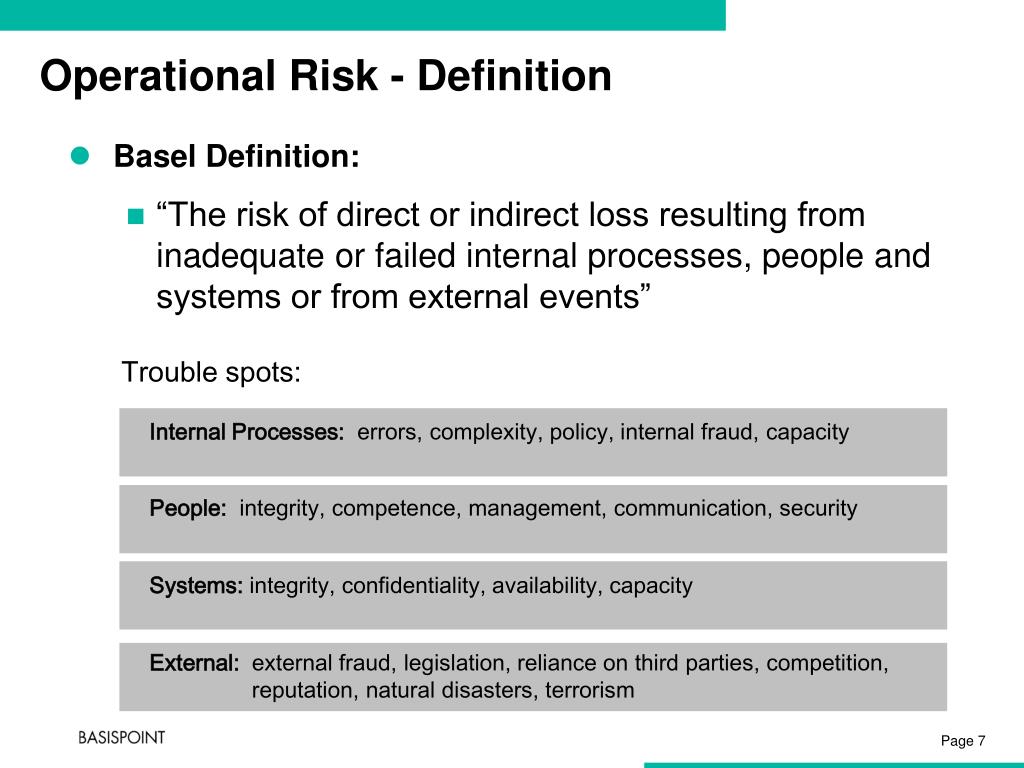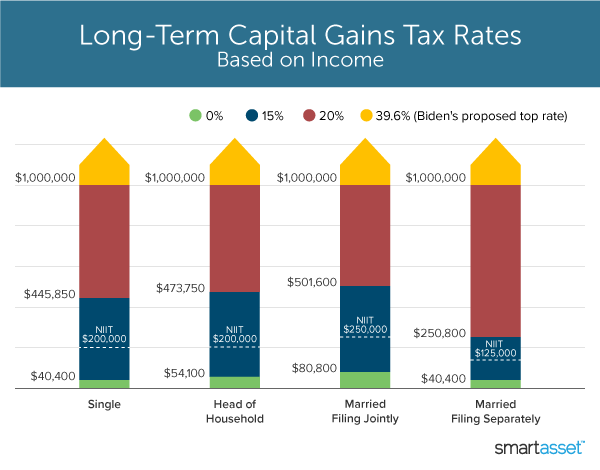

The Principal Loss Collateral Provision shall, at a minimum, provide for the provision of cash or cash equivalents in an amount that is not less than the difference between the value of the collateral and the amount of the accelerated Bond Loan outstanding.įor example, a Principal Loss Collateral Provision may include a deficiency guarantee whereby another entity assumes liability after other default remedies have been exercised, and covers the deficiency incurred by the creditor. The "Tranche Write-down Amount" with respect to any Payment Date is the excess, if any, of the Principal Loss Amount for such Payment Date over the Principal Recovery Amount for such Payment Date. With respect to each Payment Date, a percentage equal to (i) the Principal Loss Amount for such Payment Date and all prior Payment Dates less the Principal Recovery Amount for such Payment Date and all prior Payment Dates divided by (ii) the aggregate unpaid principal balance of the Reference Obligations in the Reference Pool as of the Cut-off Date. The depreciated value of an asset determines the current selling price of an asset.On each Payment Date on or prior to the Termination Date, the Preliminary Principal Loss Amount, the Preliminary Tranche Write-down Amount, the Preliminary Tranche Write-up Amount, and the Preliminary Class Notional Amount will be computed prior to allocating the Modification Loss Amount, as set forth below. The written-down value of a depreciated asset is the current value of the asset, this is important for accounting purposes. When the depreciation method is used the value of an asset, especially tangible asset is reduced on the company's book value by a particular percentage. Written-down value can also be estimated using the diminishing balance method otherwise called depreciation. When intangible assets are amortized, the company is able to keep adequate records of them through the written-down value. The book value of these assets are reduced on the balance sheet of the company using a specified amortization schedule. Intangible assets cannot be seen physically, common examples are patents, trademarks, and intellectual property. Although, amortization methods are more complex than depreciation methods, they are important for determining the current value of intangible assets. For intangible assets, their debt value is calculated using the amortization method. Written down value of an asset can be estimated using the amortization method, when this method is used, the book value of an asset is reduced on the company's balance sheet to a specific time. Hence, written-down value represents the present value of assets after depreciation and amortization values have been subtracted. For accounting purposes, the value of amortization or depreciation of assets are deducted from the value of assets before the written-down value is realized. While tangible assets undergo depreciation, intangible assets undergo amortization. Assets are divided into two categories, tangible assets and intangible assets. Depreciation or amortization can occur through loss of value of assets or when the assets become less productive. The net book value or written-down value of a company's assets is realized after depreciation and amortization vale of the assets have been deducted. The written-down value of an asset appears on the balance sheet of a company.īack to: Accounting & Taxation How does the Written-Down Value Work?.The current worth of an asset which was previously purchased is determined through the written-down value.It represents the present value of an asset after depreciation or amortization has been deducted.Written-down value is also called book value or net-book value.Here are the key points you should know about written-down value

In a company's financial records, the written-down value represents the present value of the assets that the company owns, it is otherwise called the book value or net book value.

#WRITEDOWN ON LOSSES DEFINITION UPDATE#
Update Table of Contents What is the Write-Down Value of an Asset? How does the Written-Down Value Work? Amortization Methods Depreciation Methods Academic Research on Written-Down Value What is the Write-Down Value of an Asset?Ī written-down value refers to the value of an asset after the accumulated depreciation or amortization of the asset has been deducted from the value.


 0 kommentar(er)
0 kommentar(er)
